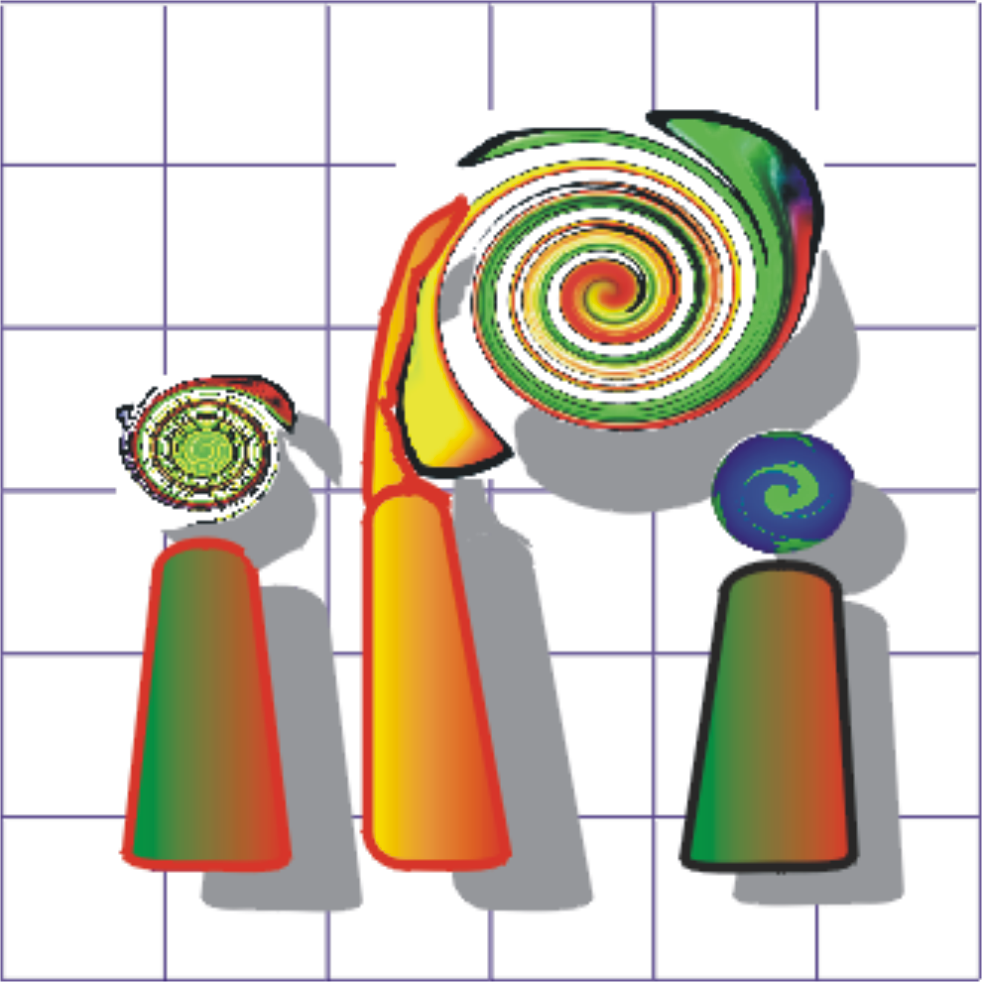Automatische Qualitätsbewertung und Aktualisierung von Straßendaten in Vorortgebieten mit Hilfe von Luftbildern (2011)
| Team: | A. Grote |
| Jahr: | 2011 |
| Laufzeit: | seit 2006 |
| Ist abgeschlossen: | ja |
Dieser Artikel liegt nur in englischer Sprache vor!!
This project is part of the German-Chinese bundle project "Interoperation of 3D Urban Geoinformation". The German part of the bundle is supported by DFG (Deutsche Forschungsgemeinschaft).
Motivation
Digital geospatial data became more and more important in recent years; they are used in many applications. Consequently, the question concerning data quality has gained in importance: Are the available geodata consistent with reality? The data should be complete and geometrically correct. Additionally, for many applications the data should be as up-to-date as possible. For these reasons, it is important to check the database frequently if it satisfies the above mentioned criteria, which is mostly done manually today. As the manual checking is very time-consuming, we are searching for ways to automate the process as far as possible. A very important part of a GIS are roads, as is illustrated by their use in car navigation systems, for example. Here the importance of correctness and up-to-dateness is easy to see. We work on suburban areas because changes are quite common in these areas, requiring frequent updates, and the environment is of medium complexity for image analysis.

Example of a database that is not up-to-date
Goals
The goal in this project is to develop methods to assess the quality of road data in a database and to find new roads for updating the database. For this purpose, roads are extracted from aerial images (orthophotos).
The road extraction should be done automatically. The vector data from the existing road database is used to facilitate the extraction of the roads which are contained in the database. Afterwards, the extracted data are compared with the vector data. The existence and geometric accuracy of the vector data will be checked in comparison to the extracted data from the aerial image. In the second step, roads which are not yet contained in the database are extracted and added to the database.
Process
The process is divided into two stages:
1. Quality assessment
- Road extraction: The existing GIS road object is used as starting point. Following an image segmentation, road parts are searched for in a buffer around the GIS road.
- Quality assessment of GIS data: The vector data are checked for geometric quality on the basis of the extracted data. The results of the road extraction are combined with statistical means to get a quality statement for every road.
2. Update
In this stage new roads, which are not yet contained in the database, are searched for in the image, in places where there are no database roads.
Road extraction
Road extraction has to be done in both stages. In the first stage, roads are extracted around the centrelines of existing database roads; in the second stage roads are extracted in the rest of the image. The road extraction method is for both stages essentially the same. First, the image is segmented using a graph-based method (normalized cuts), then the segments are grouped into bigger segments. Afterwards, road parts are extracted from these segments. The subsequent steps are different in the quality assessment and update state:
- In the quality assessment stage, the road parts are compared to the database roads in order to determine if a sufficient part of the database road is covered by road parts. These road parts must correspond to the database road in place and direction.
- In the update stage, road parts which are lined up in a row are assembled together because they probably belong to one road. The resulting road subgraphs are evaluated and modified if necessary. Afterwards, the junctions as connecting parts of the road network are searched for and isolated road parts (which often are false positives) are removed.
Example: Road extraction for update
 |  |
| Example image | Segmentation with normalized cuts |
 |  |
| Grouping | Extraction of road parts |
 | |
| Assembled road parts |


